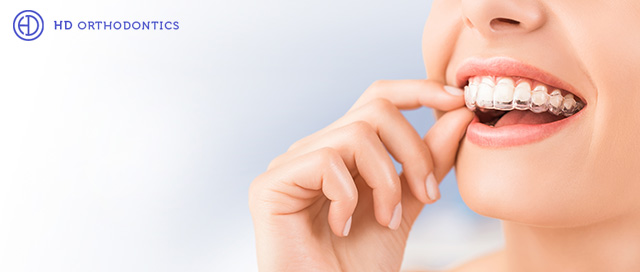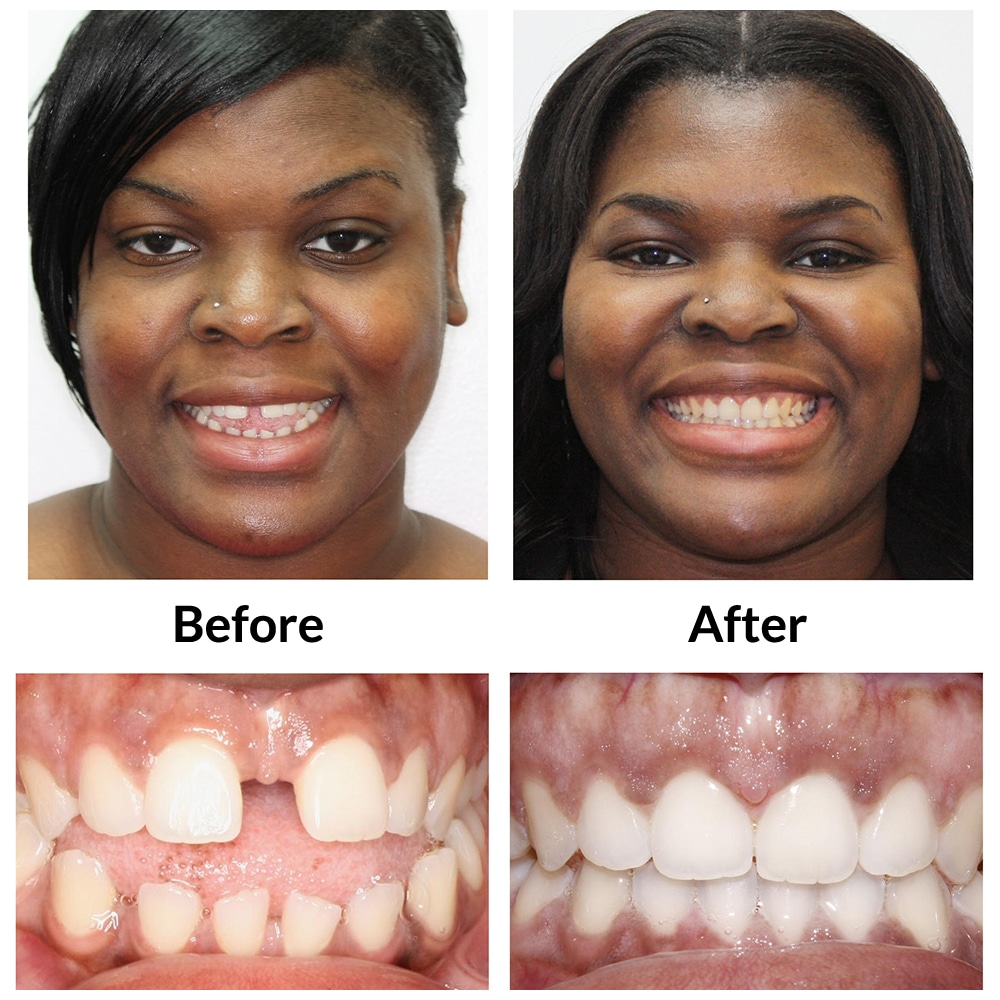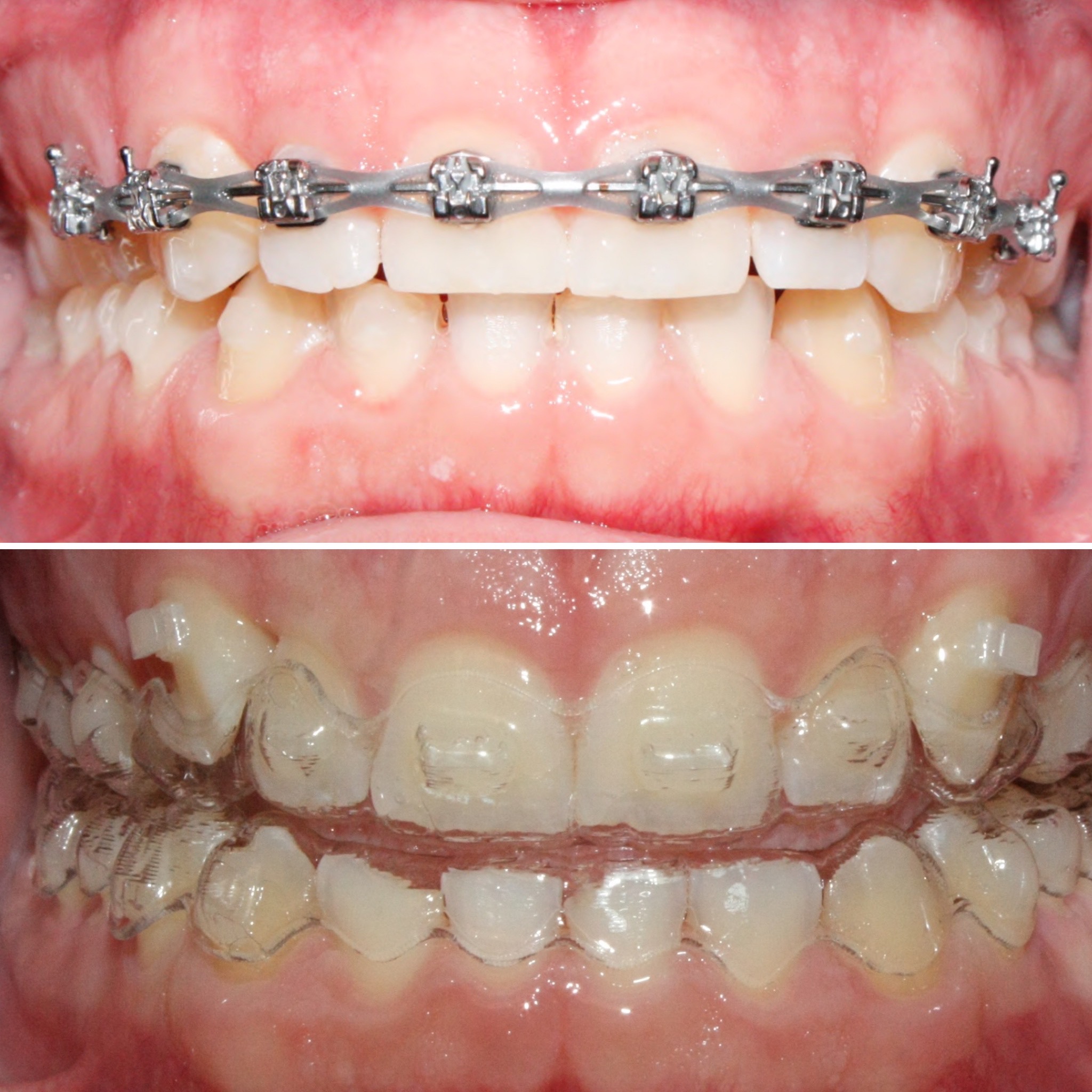The Ultimate Comparison: Invisalign vs. Traditional Dental braces for Grownups
The Ultimate Comparison: Invisalign vs. Traditional Dental braces for Grownups
Blog Article
Invisalign vs. Conventional Braces: Which Alternative Is Right for You?
When considering orthodontic therapy, the choice between Invisalign and standard dental braces presents several important aspects that warrant mindful examination. Invisalign offers a discreet alternative with detachable aligners, while standard dental braces give a much more noticeable yet effective service for serious imbalance.
Summary of Treatment Choices

On the other hand, typical braces include steel braces and cords that are bonded to the teeth. This method uses continuous stress over time to accomplish placement. While reliable for complex orthodontic concerns, traditional dental braces need routine brows through for adjustments and can posture obstacles in preserving oral hygiene because of the trouble of cleaning about cords and brackets.
Both choices have their qualities, and the selection frequently depends upon specific oral problems, lifestyle choices, and patient conformity. Ultimately, getting in touch with an orthodontic professional is crucial for identifying one of the most appropriate therapy plan tailored to specific requirements. Understanding the nuances of each choice can substantially affect the overall success of orthodontic therapy.
Visual Considerations
A considerable aspect influencing the selection in between Invisalign and conventional braces is the aesthetic charm each treatment offers. Invisalign aligners are crafted from clear plastic, making them virtually unnoticeable when put on.
In contrast, typical braces include steel brackets and cables, which can be a lot more recognizable. While advancements in orthodontic innovation have resulted in the advancement of smaller brackets and tinted elastics, conventional braces still maintain a more obvious profile. For some people, the visibility of dental braces might prevent them from looking for needed treatment.
Ultimately, the selection in between Invisalign and typical braces might depend upon personal choices pertaining to appearances. Patients who focus on discernment frequently lean towards Invisalign, while those who are less worried concerning visibility might select traditional braces. Understanding the visual implications of each choice is vital for making a notified decision that aligns with one's way of living and preferences.
Comfort and Convenience

In regards to benefit, Invisalign aligners are removable, enabling patients to enjoy their preferred foods without constraint and preserve optimal oral health. Brushing and flossing are streamlined, as the aligners can be taken out throughout these regimens, whereas standard dental braces need careful steering around wires and braces.
Additionally, Invisalign's dynamic system permits less orthodontic check outs. Clients generally get multiple collections of aligners at as soon as, which can streamline the treatment process and reduce time spent in the orthodontist's chair. On the other hand, traditional dental braces require normal adjustments, making them less hassle-free for those with active timetables. Invisalign. Generally, the convenience and benefit of Invisalign make it an appealing choice for lots of individuals seeking orthodontic therapy.
Therapy Period and Efficiency
While both Invisalign and standard dental braces work in remedying dental misalignments, the duration of treatment can vary Get More Info dramatically in between the two choices. Generally, Invisalign therapy can take anywhere from 12 to 18 months, relying on the intricacy of the instance. The clear aligners function by gradually shifting teeth into their wanted positions, and regular follow-ups with an orthodontist help guarantee progress remains on track.
On the other hand, traditional braces usually require a longer commitment, generally varying from 18 months to 3 years. This results from their set nature and making use of braces and wires, which can be extra effective for intricate cases and extreme misalignments (Invisalign). The therapy performance of conventional dental braces is well-documented, as they permit precise modifications and better control over tooth activity
Eventually, the choice in between Invisalign and typical dental braces might depend upon both the anticipated therapy duration and the details dental concerns handy. Consulting with an orthodontist is critical, as they can give customized suggestions based on specific demands, making sure the picked method aligns with desired durations and end results.
Price Contrast and Insurance Coverage Choices
Expense plays a significant role in the decision-making procedure for individuals thinking about orthodontic treatment, whether selecting Invisalign or traditional dental braces. Usually, the expense of Invisalign varieties from $3,000 to $8,000, while conventional braces typically cost between $2,000 and $6,000. Elements influencing these expenses include the intricacy of the case, the duration of treatment, and geographical location.
Numerous oral insurance strategies offer partial coverage for orthodontic therapies, but the specifics can vary commonly. you can check here Usually, traditional dental braces might be much more regularly covered by insurance coverage plans compared to Invisalign, which some insurance companies categorize as a cosmetic treatment.
In addition, numerous orthodontic techniques supply versatile settlement plans, making both therapy alternatives much more easily accessible. Patients need to make inquiries concerning potential financing options and discount rates for in advance payments. Examining the total cost, including insurance advantages and settlement plans, is important for making an educated decision that aligns with both visual preferences and budget plan factors to consider.

Verdict
In summary, the choice between Invisalign and conventional dental braces depends upon multiple factors, consisting of visual preferences, comfort, therapy period, and cost. Invisalign supplies a very discreet, detachable choice that facilitates dental health and nutritional adaptability, while traditional braces might be a lot more suitable for intricate dental issues and typically come at a reduced rate factor. Inevitably, assessment with an orthodontist is necessary to examine private situations and identify one of the most ideal treatment choice for attaining ideal oral alignment.
When thinking about orthodontic therapy, the option in between Invisalign and traditional dental braces provides several vital aspects that warrant careful evaluation.Contrasting Invisalign and traditional braces exposes distinctive treatment choices for orthodontic modification.While both Invisalign and conventional dental braces are effective in fixing dental imbalances, the period of treatment can differ dramatically in between the two options.Price plays a considerable role in Going Here the decision-making procedure for people thinking about orthodontic treatment, whether deciding for Invisalign or typical braces.In recap, the selection in between Invisalign and standard dental braces pivots on numerous factors, consisting of aesthetic choices, comfort, therapy duration, and price.
Report this page